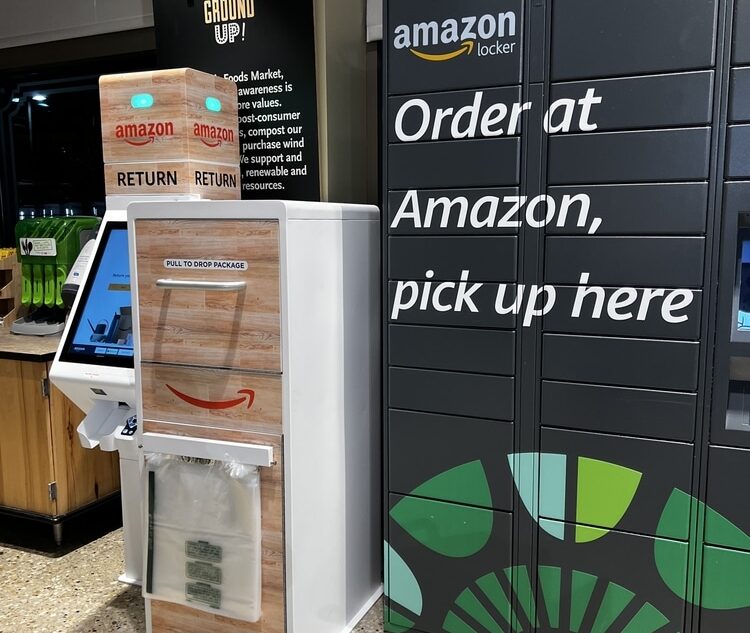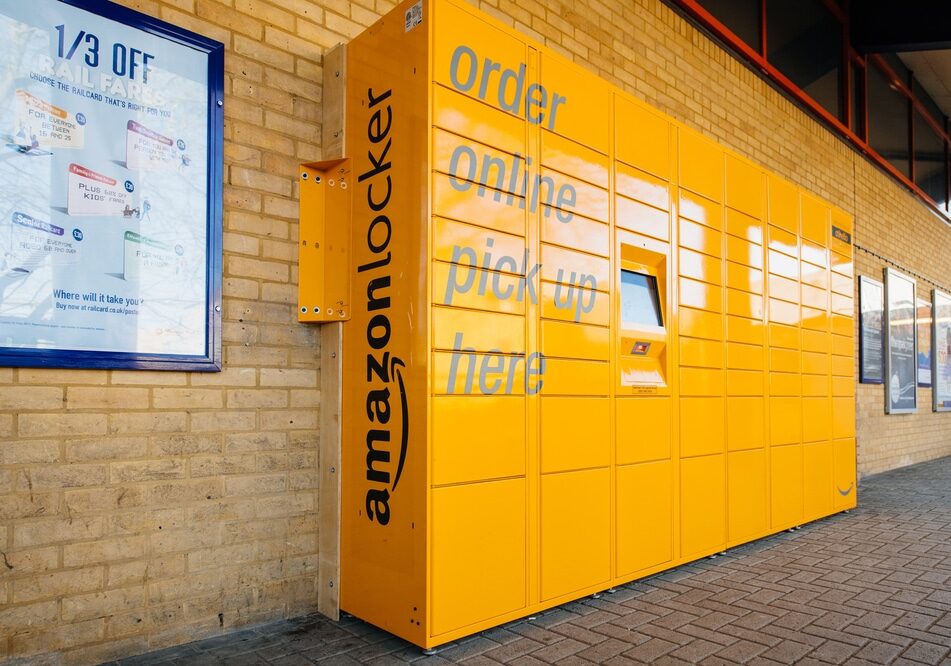Insight / Blog
Why checkouts are key for CTT’s locker expansion
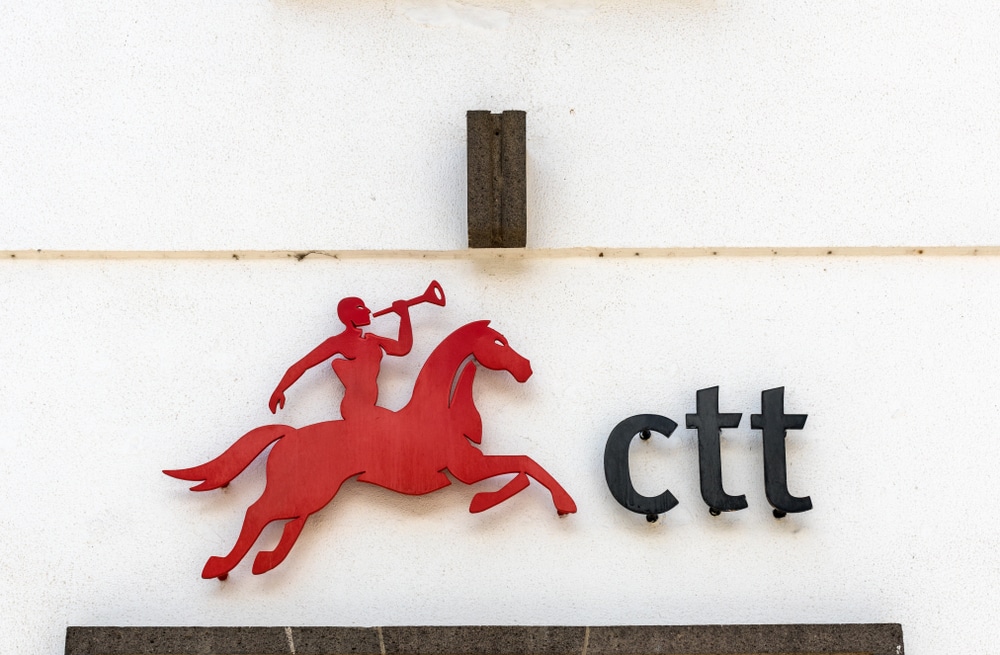
Summary: CTT plans to roll out 1,000 locker units, but to make the development viable, they need software to drive volume into the lockers.
CTT has created a carrier-agnostic locker network, with plans to roll out 1,000 units in Spain and Portugal by 2023.
Although the postal company has made some critical partnerships for this rollout, including Zongteng Group, these lockers are majority-owned by CTT, and will be produced specifically for the partnership, unlike typical arrangements which see posts and carriers purchasing lockers manufactured by specialist providers.
By building the lockers themselves, CTT has created these lockers at a 50% lower cost than the market average, as revealed at the Leaders in Logistics summit. As well as being a cost-saving achievement for CTT, this locker advancement is an exciting development for its out-of-home delivery network, adding to 2,000 existing CTT Pick-up Points. The lockers should also play a key part in reducing carbon emissions per parcel, further to CTT’s sustainability goals.
However, building the hardware is only part of the solution. Now, CTT must make this development viable by driving volume into its new lockers. That’s where software comes in.
Why has CTT invested in lockers?
CTT has invested in lockers to expand its Delivery Points network, the largest national PUDO network, with more than 2,000 points where customers can collect their orders.
Adding 1,000 more lockers by the end of 2022 increases CTT’s coverage and provides its customers with more pickup options closer to them. In addition, lockers can be accessed 24/7, providing more convenience and a better customer experience.
Although driven by customer experience, CTT has also emphasised the environmental aspect of the new lockers.
CTT [Translated].“The CTT locker solution is also important in terms of environmental sustainability. The final distribution to lockers has a consolidating effect that reduces the dispersion of delivery vehicles in an urban environment; that is, since a single locker allows delivery to several recipients, travel to different households is avoided. Thus, the more deliveries are destined for lockers, the greater the reduction in travel, generating fewer carbon emissions associated with the last mile.”
By consolidating deliveries into lockers, CTT drivers can deliver more parcels per mile driven, reducing emissions per parcel and becoming more sustainable.
Why are parcel lockers so popular, and how do they compare to PUDO?
How can CTT Correios drive locker volume?
There are two key components to increasing volume into parcel lockers:
Make sure your consumers know that the lockers exist and understand their benefits
Make the lockers easy and convenient for consumers to use
It’s a relatively simple concept, but it involves a combination of both hardware and software to get it right.
CTT has increased awareness of the lockers through an initial promotion offering consumers to use the lockers free of charge until March 31st, no matter which carrier is used. CTT allows consumers to book and collect parcels from any carrier with its carrier-agnostic design.
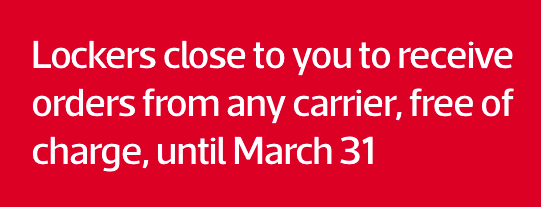
A carrier-agnostic network is a great option to increase OOH coverage within a region and generate extra income for CTT once it has built the lockers. However, using a locker for a parcel carried by another service is not as easy and convenient as it could be.
If consumers want to use the locker, they must register as a CTT customer on the ctt24h.pt website. Once that’s done, they’ll be assigned a virtual address corresponding to a locker. During the checkout, consumers will then enter this virtual address as their home address to receive the parcel at checkout.
This is a somewhat convoluted and time-consuming process, particularly for first-time users. However, it does have the advantage of not requiring the merchant checkout to connect to CTT’s locker location data, so theoretically any shopper ordering any parcel can have it delivered to the locker.
Greater locker volume begins at the checkout
Unfortunately, creating a virtual address on the CTT website and then entering it at the checkout is not the most convenient customer journey. To encourage more consumers to use parcel lockers, there needs to be an easy option to select their locker of choice without leaving the checkout.
CTT do have a small number of merchant partners who currently offer a CTT locker option at checkout. However, we tested a few of them, only to find the option missing and automatically defaulting to home delivery instead, meaning most customers must use the virtual address system. At that point, it might be more convenient to accept a home delivery. Changing behaviour away from home delivery will require more than making the option theoretically available. It needs to be integrated into the shopping journey to become habitual with shoppers.
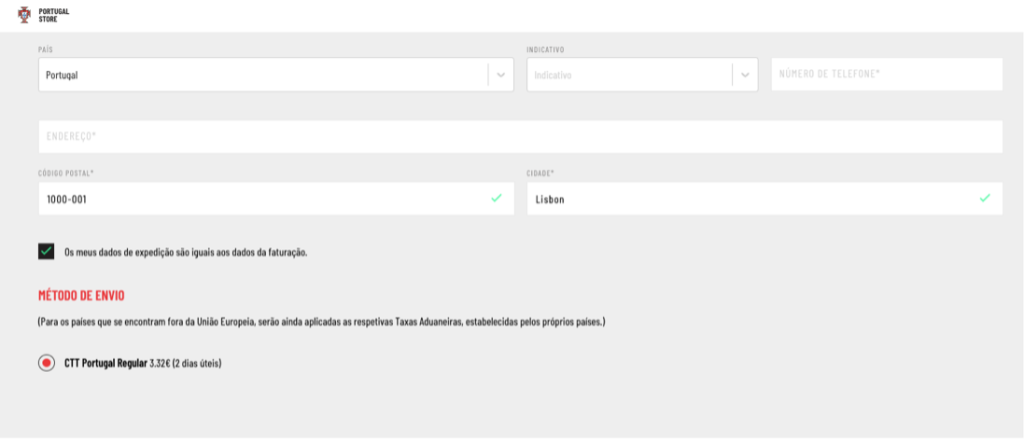
To drive locker volume, consumers need to be presented with a clear option at checkout, allowing users to select this delivery method and chosen locker in the quickest time possible. At Doddle, we’ve worked with Australia Post to bring this to life.
We created a fully branded checkout integration for their retailers that allows users to search for and select a pickup location in two or three clicks. They enter their address, then choose a locker, PUDO location or post office from the map. It’s intuitive and easy for consumers to use, and crucially it’s simple for retailers to integrate.

Our easy & intuitive checkout integrations put your network on the map
Clear and consistent branding is also vital here. The more consumers see and interact with carrier branding on checkouts, the more they’ll recall and select the option across different retailers. A great example of this in action is InPost, which has achieved a dominant position in Poland through its ubiquitous ‘Paczkomat’ lockers and branding across retail checkouts. It is now making inroads in the highly competitive UK market, signing deals with some of the UK’s biggest brands like Missguided, boohoo and more, deploying over 2,000 locker banks in 2021 alone.
InPost has ensured its brand appears on these checkouts and returns pages as widely as possible, encouraging more consumers to think of InPost’s lockers as the solution to returns. CTT has the opportunity to make the same play in Portugal and become synonymous with modern and convenient delivery and returns.

Lockers need both hardware and software
At Doddle, we’re big believers in out-of-home delivery and returns. But to make them a viable and sustainable option, carriers need to drive volume into these networks.
The keys are a) ensuring your consumers are reminded of your locker network at the time when they need to decide whether they will use it, i.e. on the checkout, and b) making it easy to use. Alongside the physical hardware of your lockers, there needs to be software integrating your locker network to retail checkouts, to drive user adoption and retention from the very start of the journey.
Want to know more about driving volume into your locker network? Get in touch with our team today.
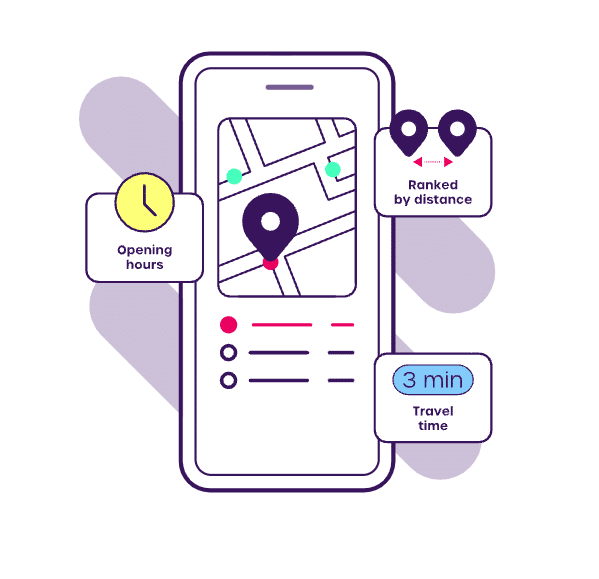
Topics:
Related articles
Lessons from a decade in the first and last mile
A decade as Doddle taught us some lessons - and Blue Yonder helps us see what will matter in the next decade.
Parcel lockers vs parcel kiosks: which is best for parcel drop-off?
We explore the benefits and drawbacks of parcel lockers and kiosks to help decide the best self-service solutions.
What do out-of-home networks look like in the UK?
We dive into the biggest logistics operators and their current OOH networks in the UK











